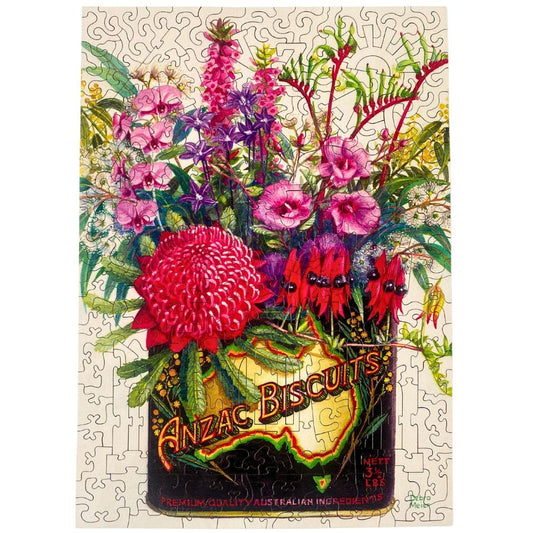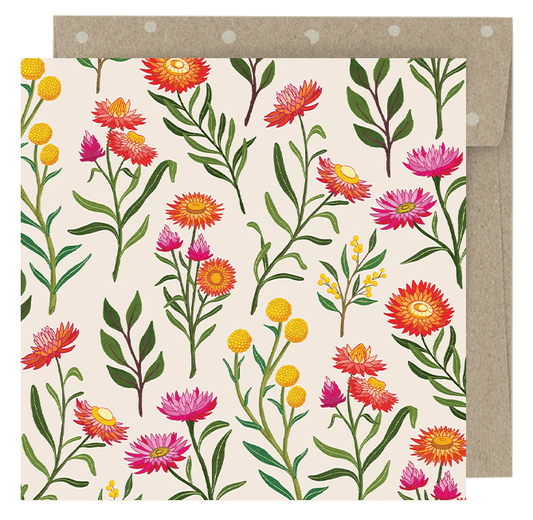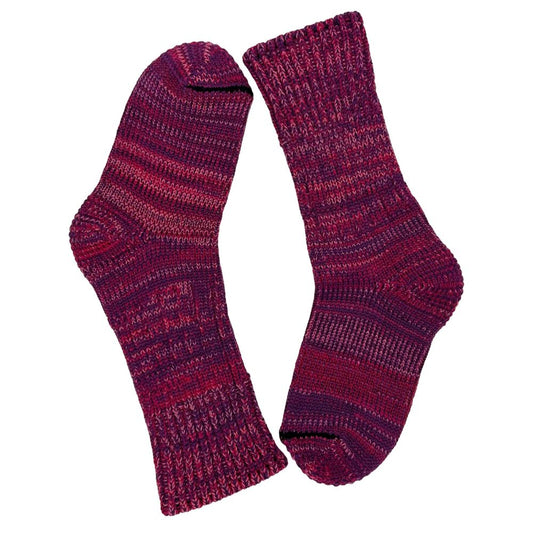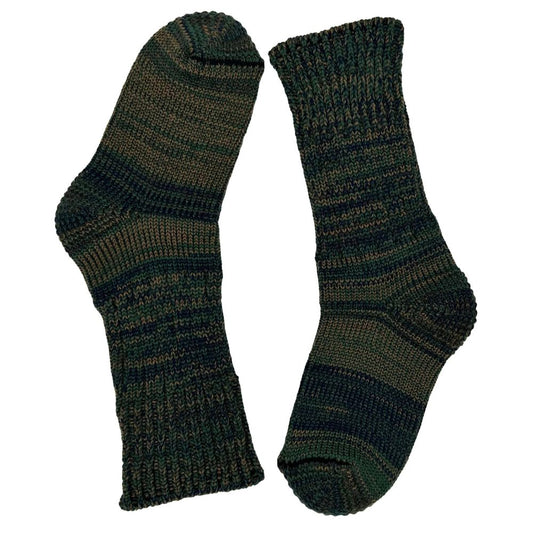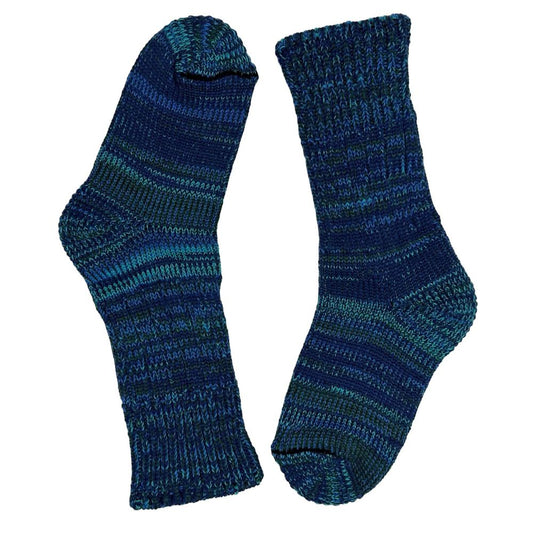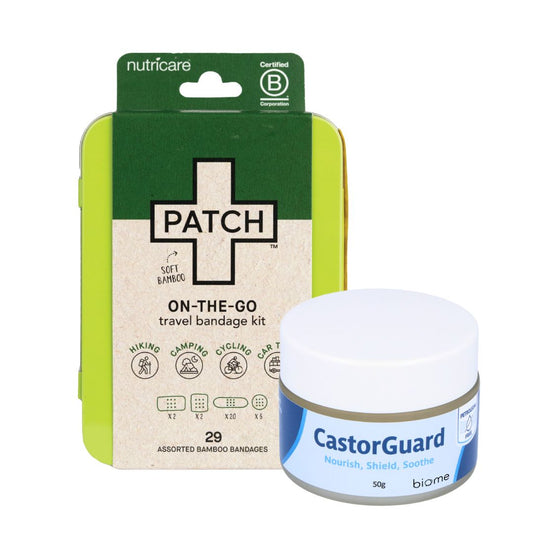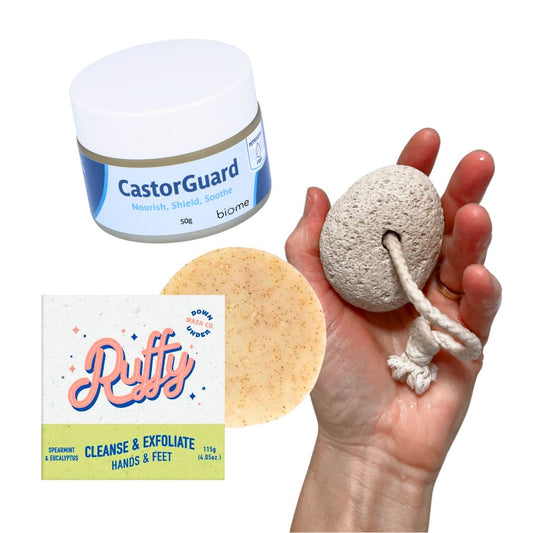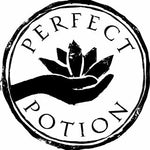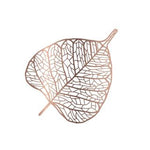
Australia's Indigenous communities have used native ingredients in traditional dishes and medicines for more than 40,000 years. Australian native ingredients not only offer nutritional and medicinal value, but are also important for connection to country. You can diversify your pallet by adding these ingredients to your favourite dishes or using them to create new experimental recipes of your own. Cooking with bush ingredients is also more sustainable, and by using them you're helping to preserve native environments and culture. Below, we take a look at some of the most popular native Australian ingredients and explore how you can incorporate them into your food.
Australian Native Ingredients And Fine Foods
The Australian fine food scene is becoming increasingly inspired by native Australian ingredients and Indigenous food practices and traditions. Bush ingredients, including herbs, fruits, and seeds, are rich in vitamins, minerals, flavours, and textures. They are high in nutritional value and many of these ingredients have certain antioxidant and healing properties. The broader Australian food industry became better acquainted with native Australian ingredients through the work of Dietician Hayley Blieden. Hayley recognised that while the food scene was heavily focused on international superfoods, it neglected the delicious, local, and nutrient-dense superfoods native to Australia. So, she created a range of products, including superfood powders and raw bars, that heroed these very ingredients. Many leaders in the industry followed suit and began incorporating native ingredients into their own creations. Today, you'll find native ingredients sprinkled through cafe and restaurant dishes across Australia. Shows like MasterChef have also celebrated the amazing produce that grows right on our doorstep, introducing native ingredients to Australian families around the country. As the demand increases for these foods, the challenge lies in ensuring ingredients are harvested with respect to the land and traditional land owners. It is vital that ingredients are sourced ethically and sustainably. It's also important that suppliers and chefs understand the stories and cultural significance behind these foods. It's for these reasons that many leading brands and chefs work closely with traditional land owners when creating their products and sourcing their ingredients.Australian Native Ingredients
Wattleseed

Kakadu Plum Co Ground Wattleseed
Wattleseed is one of the most important native ingredients in Australia. Wattle species grow all over Australia, but only some of the hundreds of wattle species produce seeds that are harvested for consumption. These wattle varieties are mainly located throughout the driest regions in Australia, with many found throughout the Northern Territory and South Australia. They are nutrient-dense seeds, containing high levels of iron, zinc, calcium, and potassium. They also contain up to 20% protein and over 30% fibre. When prepared for consumption, wattleseeds are harvested, dried, roasted, and grounded. Once roasted, wattleseed has a coffee and chocolate-like scent and taste. This unique flavour makes it the perfect ingredient to add to baked goods, smoothies, sweet beverages, and oatmeal. For the most experimental cooks, wattleseed can be added to chicken and curry dishes. How to incorporate wattleseed into your food:- Nut and seed mixes – Roasted wattleseed and macadamias work well in Anzac biscuits, granola, and dukkah.
- Savoury meals – Blend ground wattleseed with freshly ground coriander seed, lemon myrtle, and Murray River salt flakes. Sprinkle this mix over meats, fish, potatoes, and other veggies before cooking
- Chocolate dishes – Added wattleseed to chocolate dishes, such as self-saucing chocolate puddings, cakes and truffles.
- Caffeine replacement – Wattleseed can be used as a caffeine-free coffee alternative. Steep 1-1.5 teaspoons of ground roasted wattleseed in freshly boiled water and enjoy! After you have enjoyed your wattleseed coffee alternative, mix the soaked grounds through vanilla ice-cream for a delicious treat.

Kakadu Plum Co Wattleseed and Almond Dark Chocolate
Saltbush

Kakadu Plum Co. Milled Saltbush
Saltbush grows in the semi-arid and arid regions of mainland Australia. Saltbush plants range in size from small tufts of herbs to larger bushy shrubs. Saltbush seeds and leaves are protein-rich superfoods. Traditionally, Indigenous Australians used saltbush leaves to cleanse skin wounds and irritations, while the seeds were ground and added to baked goods. Saltbush seeds are still used for baking, and the leaves are enjoyed fresh in salads or dried in marinades and sauces. It is also used as a livestock grazing plant. Saltbush seeds taste like salty popcorn kernels, while the leaves are salty and earthy. In fact, saltbush can be used as a substitute for salt. It lends itself well to savoury dishes. How to incorporate saltbush into your food:- For seasoning – Sprinkle dried saltbush leaves over veggies or meats before roasting.
- As a salt substitute – Use in place of regular salt to flavour your meal.
- On top of eggs – Combine with parsley or chives and add to scrambled eggs.
- For baking – Add to damper, bread dough, or polenta.
- Cut a bulb of garlic in half, drizzle with olive oil, sprinkle with a little sugar and Mt Zero Olives' Pink Lake natural salt with Australian native pepperberries
- Roast in the oven for about an hour or until the cloves are caramelised.
- Remove from oven and sprinkle with dried saltbush leaves.
- Serve with toasted bread, cheese, or fruity chutneys.
- Top tip: You could also squeeze the cloves out and add them to bread dough, hummus, sauce or dressing.
Tasmanian Pepper Berry

Mount Zero Olives Pink Lake Natural Salt With Australian Native Pepper Berries
Tasmanian pepper berry, also known as mountain pepper, is native to the woodlands and cool temperate rainforests of Tasmania. Tasmanian pepper berry is ideal for flavouring foods, but it has also used by Indigenous Australians for its antiseptic properties. It is a spicy alternative to traditional pepper with a subtle fruity flavour. Rich in antioxidants, pepper berries will add a unique flavour to savoury and sweet dishes alike. But use sparingly, as even a small pinch delivers an intense bite! How to incorporate Tasmanian pepper berries into your food:- As a pepper substitute – Fill your pepper grinder with whole Tasmanian pepper berries instead of regular pepper
- For seasoning – Mix ground pepper berries with Tasman sea salt and sprinkle over veggies and meats before roasting, or to season your fried eggs or avocado on toast.
- In risottos – Add it to a beetroot, red wine and feta risotto or mushroom risotto.
- Use it in cheesy dishes – Tasmanian pepper berry complements cheese very well, so you could add it to your favourite cheesy pasta.
- To make a peppery sauce – Make a pepper sauce as you would normally, replacing regular pepper with Tasmanian pepper berries instead.
Kakadu Plum

Kakadu Plum Co Kakadu Plum Powder
Kakadu plum is native to the Kakadu and Kimberly regions of Australia. It is an antioxidant-rich, immune-boosting superfood that has been used by Indigenous Australians for centuries. Nutritionally, it is extremely potent – Kakadu plum is known to contain over 100 times the Vitamin C of an orange, and as an antioxidant, it is over five times more potent than blueberries. To get the most nutritional value out of the Kakadu plum, enjoy it raw rather than heating or cooking it. Kakadu plum has a sour, slightly nutty flavour and a fruity aroma. How to incorporate Kakadu Plum into your food:- In sweet breakfast foods – Kakadu plum is delicious in chia puddings, smoothies, and yoghurt.
- In raw snacks – Incorporate Kakadu plum into your raw slices, bliss balls, or healthy energy balls.
- Add it to sauces – It adds a zesty taste to sauces and salad dressings.
- Mix it with savoury flavours – In savoury dishes, Kakadu plum pairs well with ginger, chilli and garlic.
Lemon Myrtle

Kakadu Plum Co Milled Lemon Myrtle & Kakadu Plum
Lemon myrtle is endemic to the subtropical rainforests of central and south-eastern Queensland. It has a refreshing, clean citrus aroma and taste, and goes with just about anything! Lemon myrtle boasts immune-boosting properties, aids digestion, and contains Vitamins A and E, as well as magnesium. It also has anti-fungal and antibacterial properties. How to incorporate lemon myrtle into your food:- With nut mixes – Lemon myrtle works particularly well with macadamia nuts
- As a substitute for lemon – It can replace lemon peel or juice.
- Use it in baked goods – It can be used to flavour shortbread, biscuits, cakes, tarts, pies, and slices.
- To complement savoury foods – It works well with chicken, seafood, and red meat dishes.
- As a seasoning – Combine with Murray River salt flakes, and Tasmanian pepperberries, and sprinkle over tempura veggies, veggie chips or wedges.
Let's Get Cooking
Australian native ingredients have been harnessed by Indigenous communities for centuries. With these seeds and herbs in your kitchen, you can enjoy creating delicious, flavourful, uniquely Australian dishes. For a closer look at Australian ingredients, Warndu Mai by Damien Coulthard and Rebecca Sullivan is an absolutely beautiful resource.
MORE READING
Protect Australia's Endangered Flora and Fauna
Australian Gifts with Flora and Fauna



